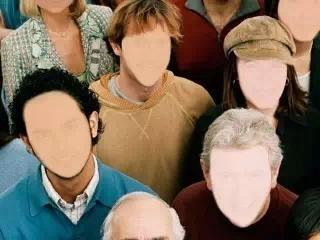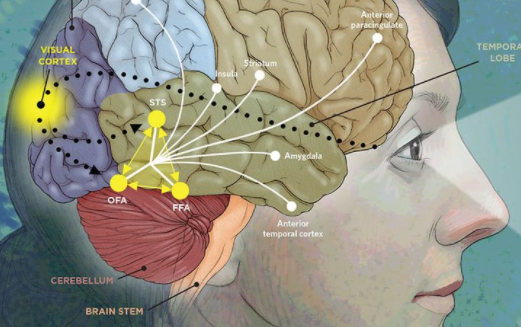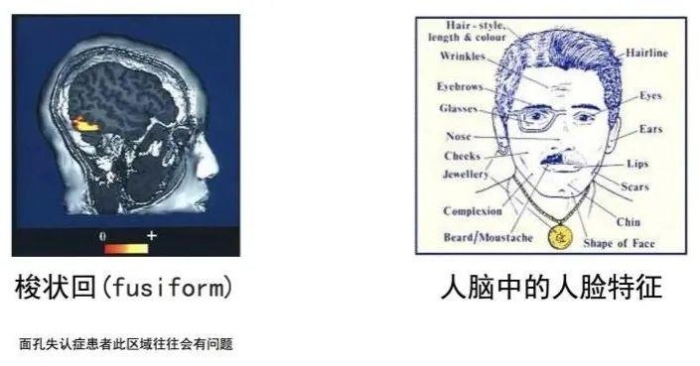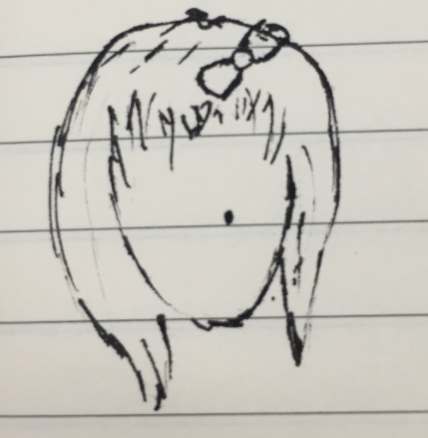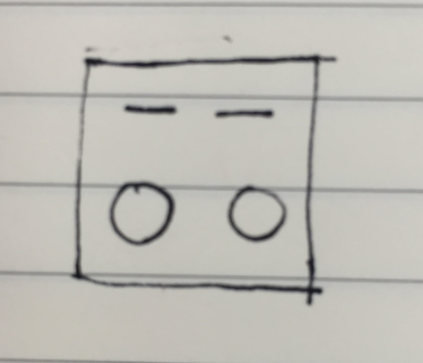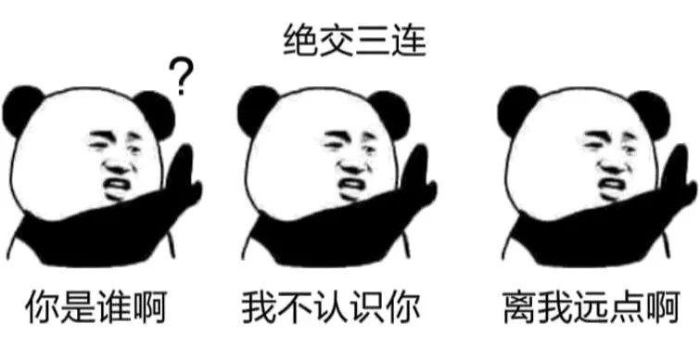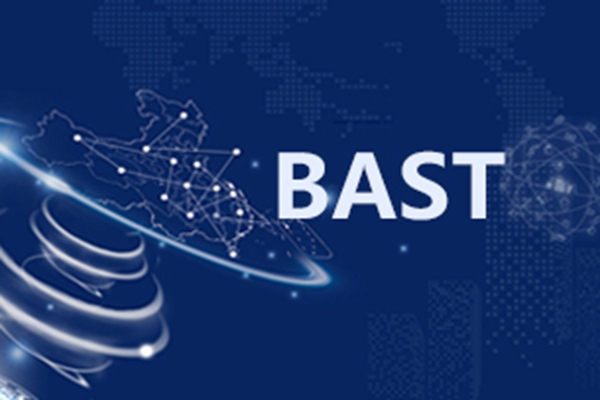A Picture can Test Whether You are Truly Face Blind or Socially Blind
Are you clear about face blindness now?
Every workday, I always wish if only the camera was face blind, whenever I need to punch in with DingTalk! (the DingTalk team may laugh).
In fact, it can never be face-blind. Only men can accurately fail to recognize friends on the street, teachers in the school and leaders in the company......
Speaking of face blindness, most people don't seem to be “totally blind”. What kind of people are exactly face-blind?
What is Face Blindness?
Face blindness has a very appropriate academic name-prosopagnosia. It is a disease in which the brain is obviously damaged in terms of face cognition due to problems in nervous system (really a disease). It can be divided into acquired prosopagnosia and congenital prosopagnosia.
The former is induced by brain injury for car accidents or other reasons (acquired), while the latter has no brain injury and is generally believed to have something to do with gene mutation.
The world of face blindness is so magical
Speaking of the origin of face blindness, it was first identified by Joachim Bodamer, a German neurologist and psychiatrist in the 19th century.
During World War II, a German lieutenant was sent to hospital after being shot in the back of his head. After recovering from injury, the lieutenant suddenly found himself strange in the mirror and can’t even recognize his wife dressed as a nurse.
Bodamer took notice of this rare phenomenon and investigated this lieutenant and two other similar patients. Hence, he became the first person to systematically study prosopagnosia and used the term prosopagnosia for the first time in 1947 to document the existence of this disease.
Bodamer held that prosopagnosia was induced by acquired brain injury, and patients were unable to recognize familiar people and even their own faces.
Later on, with the deepening of research, researchers discovered a kind of prosopagnosic patients without any acquired brain injury, i.e., congenital/hereditary prosopagnosia (reported in 2005).
Since then, the academic circles have been studying the pathological mechanism of prosopagnosia, which involve multiple disciplines, such as neurobiology, psychology and genetics, etc. Below is a pathological mechanism widely accepted by people at present.
Pathological Mechanism of Prosopagnosia
Generally speaking, the face recognition of normal people depends on a distributed network in the brain. This network consists of a core system (composed of three parts, i.e., the occipital facial area located in inferior occipital gyrus, fusiform facial area in the middle of lateral fusiform gyrus and and superior temporal sulcus in lateral temporal cortex) and an extended system (composed of anterior temporal lobe, prefrontal cortex, amygdala and lingual gyrus, etc.).
The term is too complicated, and we just need to have a general impression. In simple terms, many areas of the brain are involved in the “face recognition” process. If any of the areas goes wrong, we may fail to recognize people
Probably these areas
Most of the acquired prosopagnosia is induced by brain injury in the right hemisphere (definitely, there are cases where prosopagnosia is induced by brain injury in the left hemisphere, but it is more common in the right hemisphere). When the occipital temporal lobe region on this side is damaged, patients will encounter serious difficulties in face recognition.
Fusiform gyrus plays a very significant role in face recognition. Many patients with brain injury are injured in this area, which leads to their face blindness, but their object recognition ability is normal.
In a nutshell, the patients have no visual problems and can normally recognize objects. They can tell hair and nose, but when these are put together, they can’t remember the whole face of this guy (I know every word you say, but I don’t understand what you mean!)
Unlike acquired prosopagnosia, patients with congenital prosopagnosia don't show brain injury caused by external factors. However, the cortical fibers, gray matter density and number of nerve cells, etc. of patients are different from those of normal people.
Studies have shown that for these patients, their gray matter density in the middle of right fusiform gyrus, inferior temporal gyrus, anterior and inferior temporal lobe and bilateral middle temporal gyrus declined. Other studies also indicate that patients with congenital prosopagnosia have a small fusiform gyrus.
Gray matter density has something to do with successful memorization, and the reduced gray matter density in these areas may explain why patients are unable to remember faces (but that is just a speculation).
What’s more, some scholars also find that patients with congenital prosopagnosia have fewer white matter fibers in occipital temporal cortex.
White matter fibers play a vital role in the connection of cortices. When patients recognize faces, each cortex works normally, so that they can recognize a certain feature or detail of face, but the information between cortices cannot be well transmitted, so they can’t recognize faces accurately.
At present, researchers believe that congenital prosopagnosia is probably triggered by the dominant mutation of a single autosome, with a tendency of familial heredity.
Unquestionably, whether it is acquired prosopagnosia or congenital prosopagnosia, patients’ life may have some exceptional fun and embarrassment because of face blindness.
The World of Face Blindness is So Depressing
Although prosopagnosic patients can’t recognize other people correctly, they can still recognize some features, such as hair color, dimple, physique, eye and voice, and are sensitive to details.
So the girl he has just met probably looks like this in his eyes~
Or something like this~
For another example, they can memorize some typical behavioral characteristics, such as walking swayingly, giggling, poking nostrils and so on.
Nevertheless, this memorization mode can be risky, especially when they use hairstyle and clothes for memorization. When one changes his hairstyle or does a makeup, it is just like meeting for the first time.
By far, therapeutic measures for prosopagnosia include functional training and alternative therapy.
Functional training refers to making patients experience and improve familiarity with faces by using some training strategies. It generally applies to face blindness induced by brain injury.
While alternative therapy refers to memorizing some clues mentioned above, such as hair, beard, clothes, posture, voice, the way of walking, etc... Thus, it is inevitable that one can’t find his girlfriend when accompanying her to buy clothes in a shopping mall.
Some people may feel a little puzzled here. They seem to suffer from face blindness, but not very serious. Is that face blindness?
Your Face Blindness May not be Real Prosopagnosia
If you find that you just need a period of time to remember strangers that you are unfamiliar with, but manage to recognize them after familiarizing yourself with them, then you are not truly prosopagnosic.
Let’s just say that you have so-called “mild blindness”. In this case, you should check whether you are nearsighted or have the habit of wearing glasses after myopia (perhaps this is the very truth ~).
When people with myopia who don’t wear glasses look at other people, the latter may look a little blurred, especially their facial features. So they can’t see clearly at the first meeting, the second meeting and so on.
If you are not sure whether you are face blind or not, look at the following pictures.
If you know all these celebrities, but can’t recognize 3 of them, then you may truly undergo prosopagnosia.
If you can recognize dozens of mass-produced faces in a given top group in the entertainment circles, but fail to recognize the above faces, then you are not face blind, but purely socially blind...
Are you clear about face blindness now?
[1] Lin Feifei, Chen Xu, Zhou Chunxia, et al. Neural mechanism of prosopagnosia [J]. Advances in Psychological Science, 2013, 21 (010): 1755-1762.
[2] Wang Jinkui, Fang Biji. Humble Opinion on Kind, Symptom and Therapy in Prosopagnosia [J]. Journal of Henan Medical College for Staff and Workers, 2006, 18(005): 396-398.
[3] Anonymous. “Deny old associates” may be a dominant genetic disease [J]. Life World, 2006 (11).
[4] Gong Dan. To determine whether you have face blindness through a picture [J]. Science World, 2016 (10): 4-4.
Reviewing Expert:Yin Tielun, Associate Chief Physician, Department of Neurology, Airport Hospital Area, Peking University Third Hospital.


